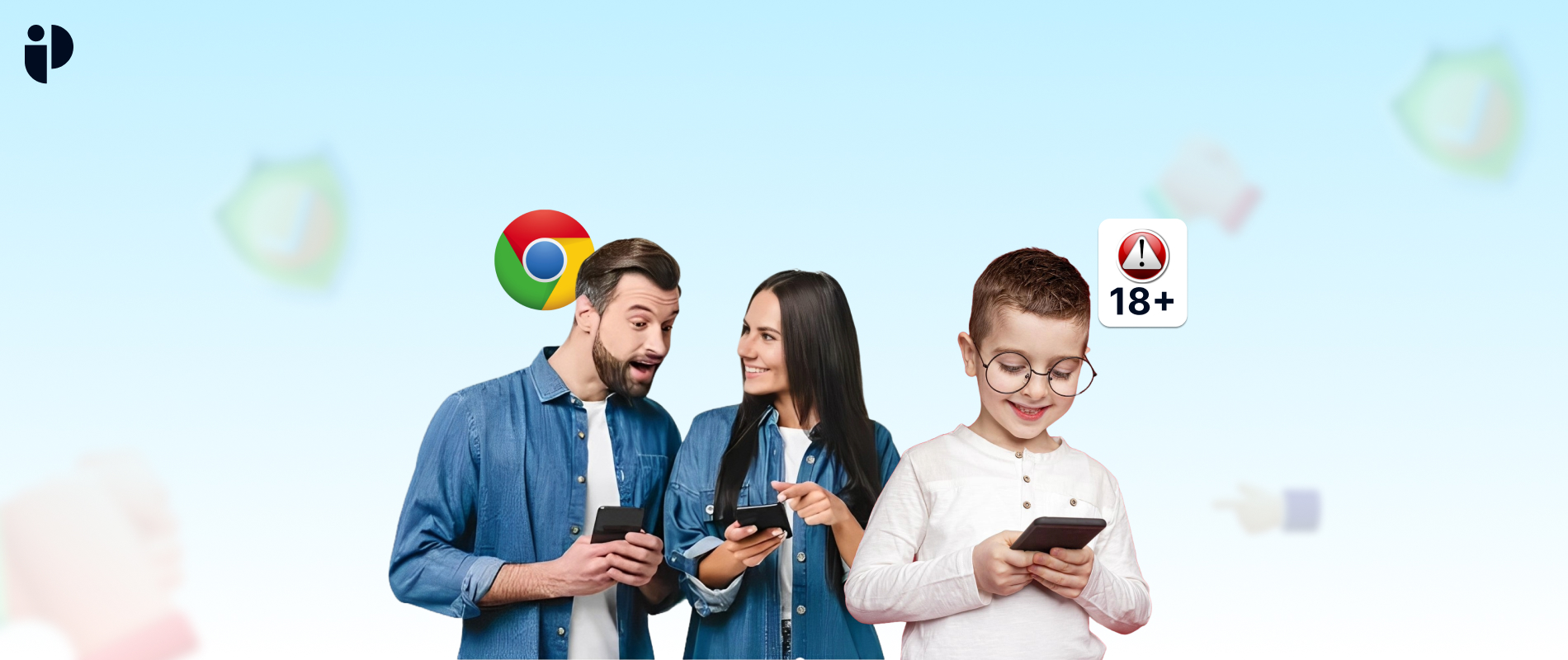Teaching digital literacy to youngsters has become critical in today’s digitally driven society, where technology is a vital component of daily life.
It is critical for parents and guardians to grasp the necessity of digital literacy, how to properly teach it, and the repercussions of ignoring this critical part of education.
What Is Meant By Digital Literacy?
According to Wikipedia digital literacy is an individual’s ability to find, evaluate, and communicate information by using digital media platforms. It is a combination of both technical and cognitive abilities in using information and communication technologies to create, evaluate, and share information.
Why is Digital Literacy Important?
We currently live in a world that is both enriched and burdened by computers and smart devices, thanks to technological advancements over the years. The dominance of technology in our daily lives emphasizes the necessity of digital literacy for both adults and children.
The digital world provides huge benefits and advantages to everyone; nevertheless, without correct technological use and comprehension, it may be overwhelming and even dangerous. Here are some points that are important to consider for understanding the importance of digital literacy;
Information Availability
Information is at our fingertips in the digital age. Digital literacy teaches students how to securely and efficiently navigate the wide internet world, allowing them to access vital educational materials.
Thinking Critically
Critical thinking and discernment are encouraged by digital literacy. Children learn to assess the credibility of online sources and distinguish between reliable and false information.
Online Security
Educating youngsters about internet safety, privacy, and the consequences of revealing personal information is part of teaching digital literacy. This understanding is critical in defending them from internet attacks.
Communicating Abilities
Effective communication in the digital arena is encompassed by digital literacy. Children learn how to communicate appropriately, collaborate online, and interact positively with technology.
Preparing for the Future
Digital literacy is a necessary skill for the future workforce. Proficiency with technology and digital tools is becoming increasingly important in a variety of occupations.
Creativity and Innovative Thinking
By allowing kids to explore digital media, create digital content, and express themselves through various digital channels, digital literacy stimulates creativity.
How to Teach Digital Literacy? Some Practical Strategies
Begin Early
Introduce digital literacy concepts to children at a young age. Begin with activities that are appropriate for the child’s age and progressively increase in complexity as the youngster grows.
Establish Limits
Establish firm limits on screen time and gadget use. To avoid digital over-consumption, strike a balance between online and offline activity.
Participate Together
Engage in your child’s digital experience. Together, investigate instructional applications, websites, and games. Encourage them to ask questions and have dialogues about what they see online.
Teach Online Security
Stress the significance of online safety. Teach your children not to share personal information with strangers, to be aware of internet scams, and to use secure passwords.
Critical Thinking
Teach children how to examine online content critically. Discuss the authenticity of sources with your students and urge them to question what they read or watch.
Online Manners
Encourage good digital etiquette and responsible behavior. Teach kids to be respectful online, to avoid cyberbullying, and to report problematic content.
Promote Creativity
Encourage children to use digital tools to express their creativity. This could include generating digital art, storytelling, code, or multimedia material.
Maintain Your Knowledge
To effectively advise your children, stay up to date on the latest digital trends and technologies. If available, attend digital literacy seminars or webinars.
The Consequences Of Neglecting Digital Literacy – Risks & Challenges
Harmful Content Exposure
digitally illiterate children may come upon unsuitable or harmful content online, impacting their well-being.
Harassment and Cyberbullying
They may be unprepared to deal with cyberbullying or online harassment, which could result in emotional anguish and long-term effects.
Online Predators
According to UNICEF, 1 in 7 young people have been approached by a stranger online, posing as someone they know or trust.
It is critical to teach youngsters digital literacy skills such as understanding privacy settings, creating secure passwords, and being alert of potential hazards to safeguard themselves against online predation.
Parents should also highlight the dangers of communicating with strangers online, making sure their children recognise red flags and avoid revealing personal information.
Online Scams and Fake Identities
A “scam” is a deceptive technique that dupes people into giving their money or data away for free.
Predators employ scams like catfishing to get important and private information and use it to blackmail them.
Misinformation
According to study, more than half of Americans get their news from social media, and over two-thirds have encountered inaccurate material while surfing the web.
Fake news is a worldwide epidemic with far-reaching implications, according to the conclusions of a recent IPSOS study conducted on behalf of the Centre for International Governance Innovation (CIGI).
More than four in five (86%) online global citizens claim they have been exposed to fake news, according to a poll of over 25,000 interviews done in over 25 economies. Almost nine out of ten (86%) of them indicated they initially felt the news was accurate.
These findings indicate that misinformation is deeply woven into social media, most notably on Facebook, where as many as two-thirds (67%) report encountering bogus news.
Other common sources of misinformation include social media platforms in general (65%), websites (60%), and blogs (60%).
Conclusion
Teaching digital literacy to children is an investment in their future. It raises their awareness about digital predators and has the potential to save them from terrible consequences.
It equips students with the knowledge and abilities they need to safely navigate the digital universe.
We can assist the next generation flourish in the digital world as parents and guardians by embracing our role as digital literacy instructors.
We are educating our children not only for today’s issues, but also for tomorrow’s potential, by emphasizing digital literacy.





